As the Graduate Paper Conservation Intern, I have had the privilege of being fully immersed within the dynamic and exciting environment of the Conservation Department, made up of four specialty teams; works on paper, paintings and sculpture, and conservation framing.
My day-to-day work is driven by exhibition preparation, documenting and housing newly acquired artworks. Working between the two gallery sites, the Queensland Art Gallery (QAG) and Gallery of Modern Art (GOMA), has exposed me to an extremely diverse collection of artworks – both historic and contemporary works on paper. This internship has provided opportunities to perform conservation treatments, conduct artwork condition assessments, install and de-install exhibitions, assist with ongoing research projects and prepare objects for loans, exhibition, handling and storage.
DELVE DEEPER Art conservation
SIGN UP NOW: Subscribe to QAGOMA Blog for the latest announcements, recent acquisitions, behind-the-scenes features, and artist stories.
Here are a few interesting projects I have been working on…
My favourite conservation treatment has been the consolidation of flaking paint on Six-fold screen with nobleman’s cart under a flowering cherry tree c.1650, a Japanese screen from the mid 17th century. This magnificent folding screen depicts a nobleman’s cart under a flowering cherry tree. Over time the paint layer of the white cherry blossoms had become extremely fragile and brittle, with areas of flaking and unfortunately, paint loss in several areas. Before being displayed as part of the Asian Art Collection, the folding screen came into the paper conservation lab for stabilisation treatment. After careful consideration a suitable adhesive was selected for its adhesion properties and matt finish. The flaking areas of white paint were carefully consolidated under magnification with an application of Jun Funori, a refined version of a traditional Japanese adhesive sourced from red algae. Jun Funori was carefully applied under the flaking white paint with the aid of an extremely fine and delicate paintbrush. Tiny micro weights were then used over the treated area while the consolidant dried to achieve a good bond. This consolidation treatment ensured the folding screen was stabilised for both exhibition and long term storage.
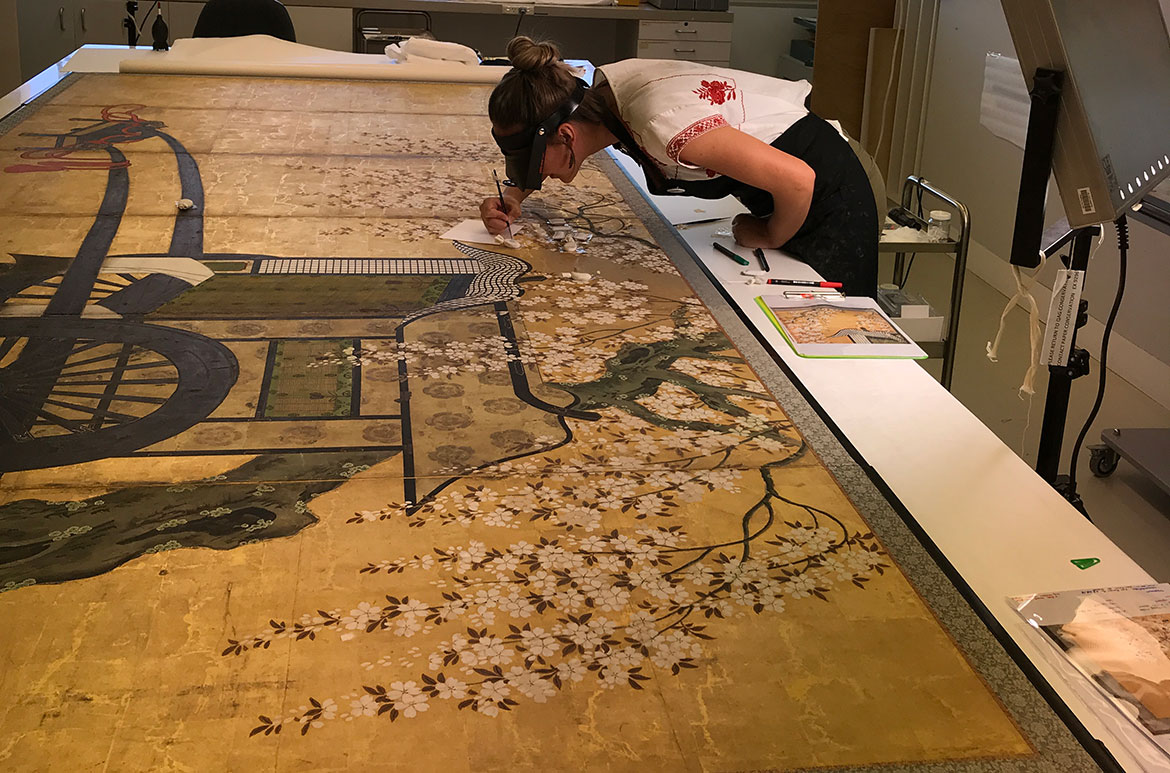

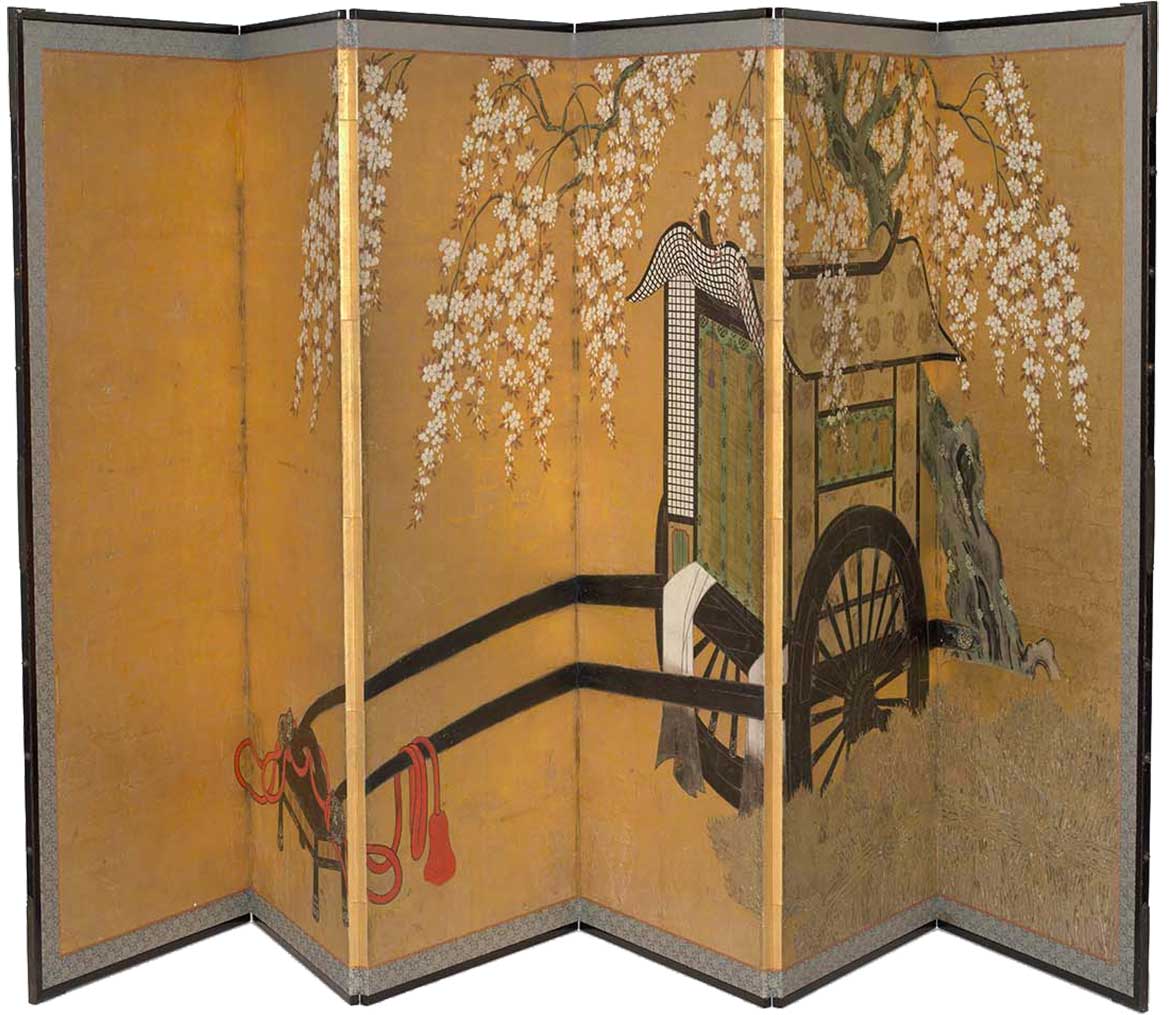
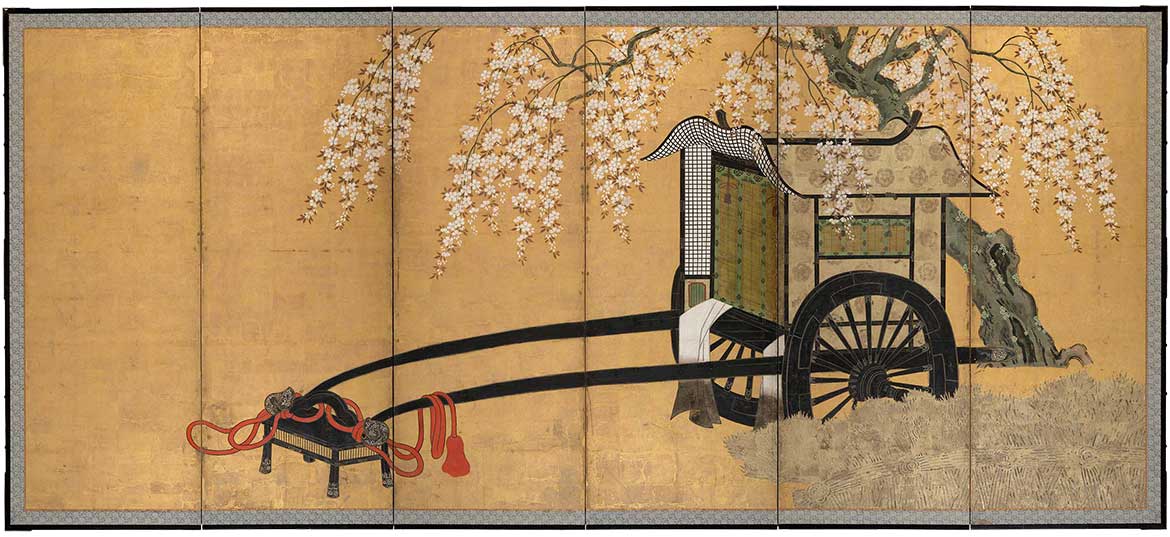
Working at QAGOMA has exposed me to the world of large oversized works on paper, artworks that include gigantic framed photographs, digital prints, prints, drawings and scrolls. Careful planning is required which involves working collaboratively with a multi-disciplinary team of conservators, installation and registration staff. It takes conscientious and meticulous care in each aspect of handling, mounting and framing, exhibition, de-installation and storage of these huge works, in particular, the installation of three long Chitrakar scrolls from West Bengal. These works on paper required all hands-on deck during the installation process. The scrolls were mounted onto the wall using a discrete magnet mounting system, an aerial work platform was used whilst the works were supported to carefully elevate the scrolls.
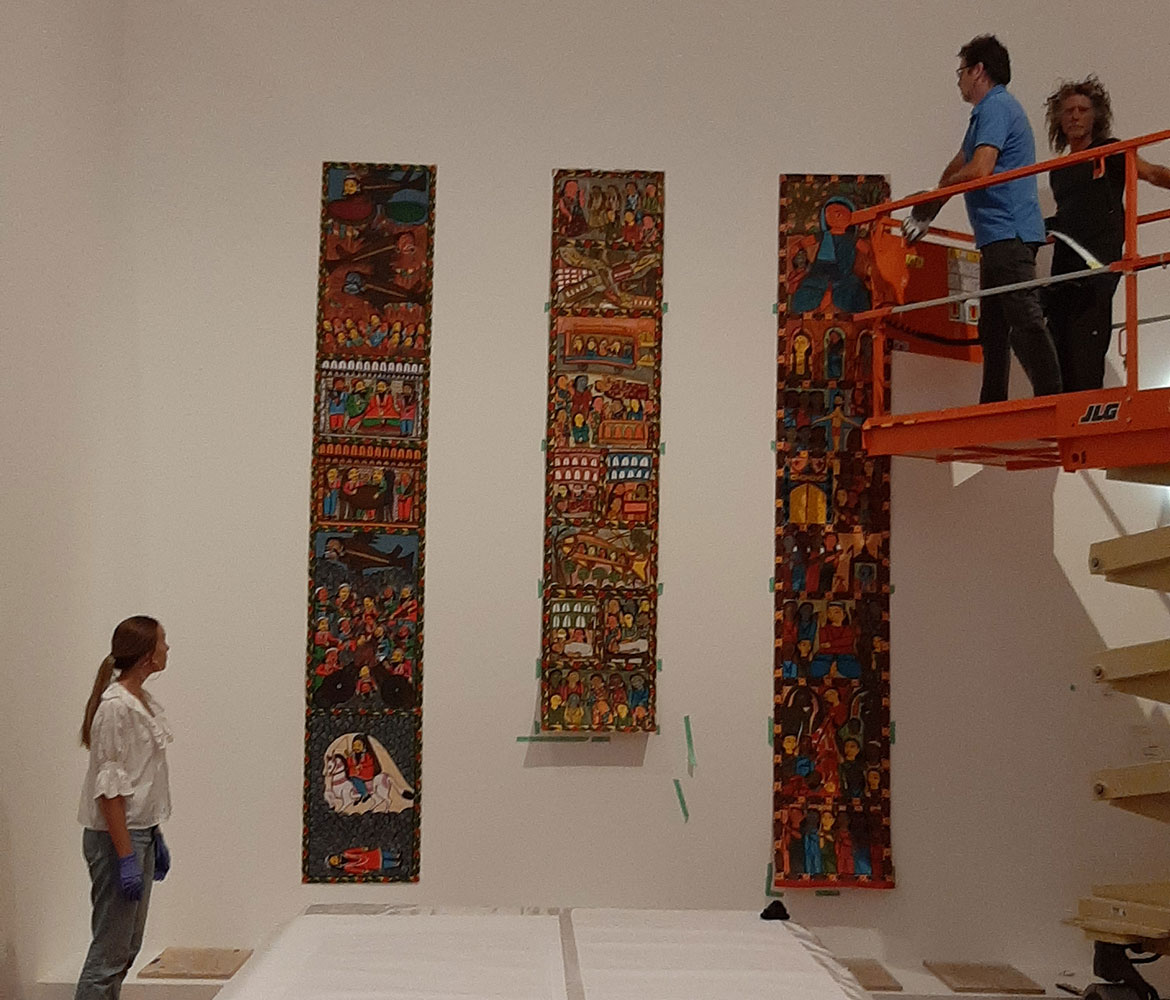

The conservation department also assists an ongoing program of touring exhibitions to Queensland’s network of regional galleries, in particular the preparation of 200 drawings by Robert MacPherson. These drawings are only a fragment of some 2 400 individual sheets, which make up the impressive and extensive 1000 FROG POEMS: 1000 BOSS DROVERS (“YELLOW LEAF FALLING”) FOR H.S.’ 1996-2014. Each drawing depicts a portrait and name from the vast array of legendary Australian boss drovers.
For each of three rotations, 200 drawings were selected within 20 large frames. Mounting the artworks consists of attaching four Japanese tissue hinges to the back of each artwork with wheat starch paste (a reversible adhesive used in paper conservation). 800 individual hinges are therefore needed – with the attachment of each hinge requiring care and precision. As you could appreciate this job requires a lot of organisation. A ‘production line’ was set up, whereby 10 drawings were hinged around a large table. Once the hinges were dried those drawings were float-mounted onto a large museum quality mount board ready to be framed.
I have enjoyed working alongside the passionate and talented staff members who ensure with the utmost care that Queensland’s artworks are preserved and made accessible. Throughout my internship I anticipate learning more new skills and being challenged with an extremely diverse collection.
Laura Daenke is Graduate Paper Conservation Intern, QAGOMA


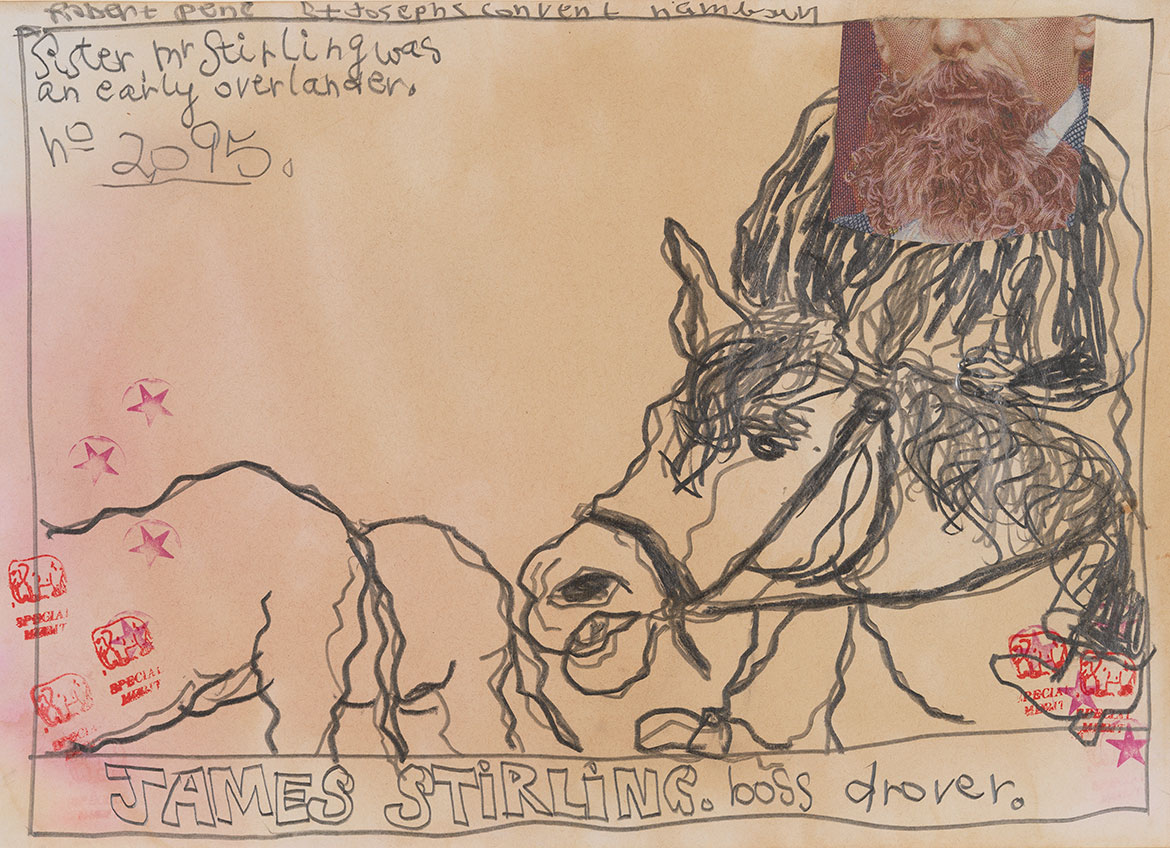
Know Brisbane through the Collection / Hear artists tell their stories / Read about your Australian Collection / Subscribe to QAGOMA YouTube to go behind-the-scenes
#QAGOMA
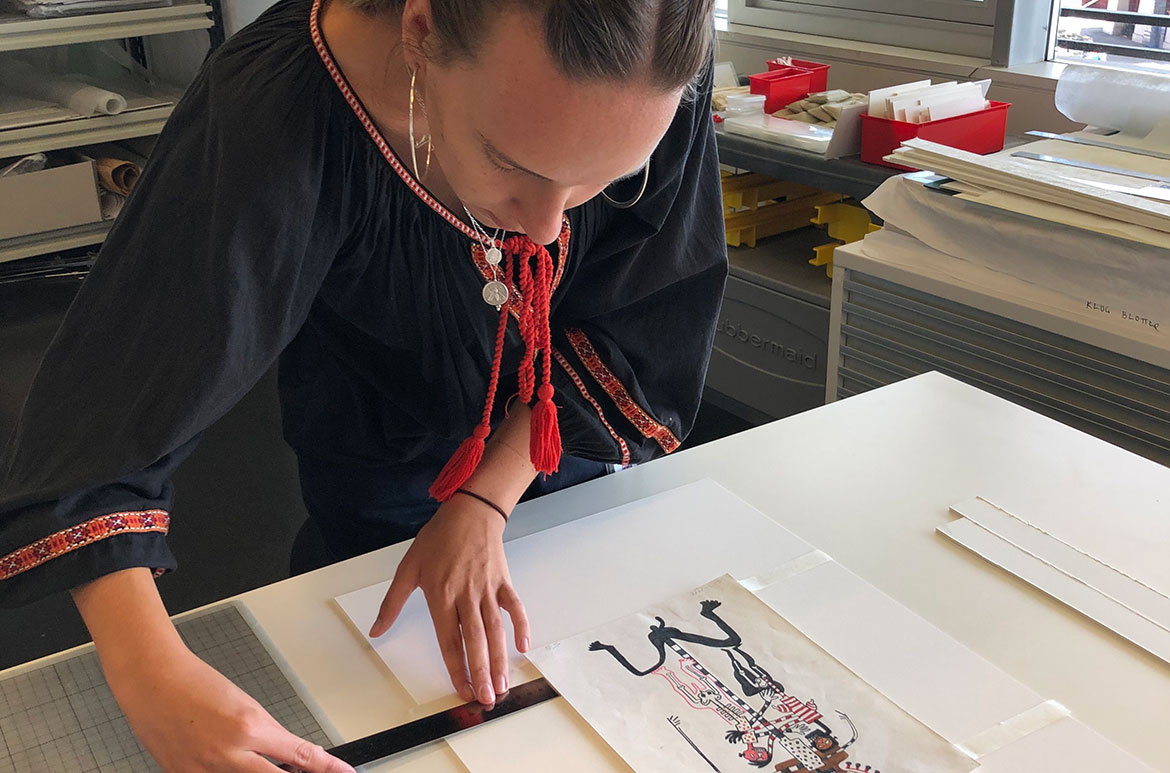
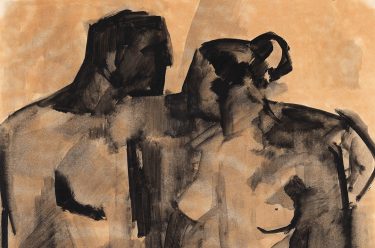
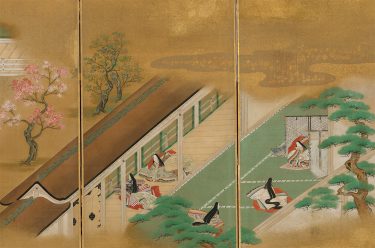
This was fascinating to read Laura. Thank you for sharing it! What intricate and detailed work it must be. So interesting!